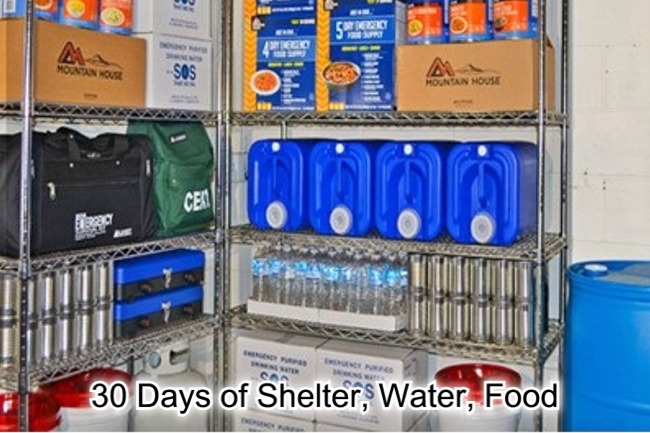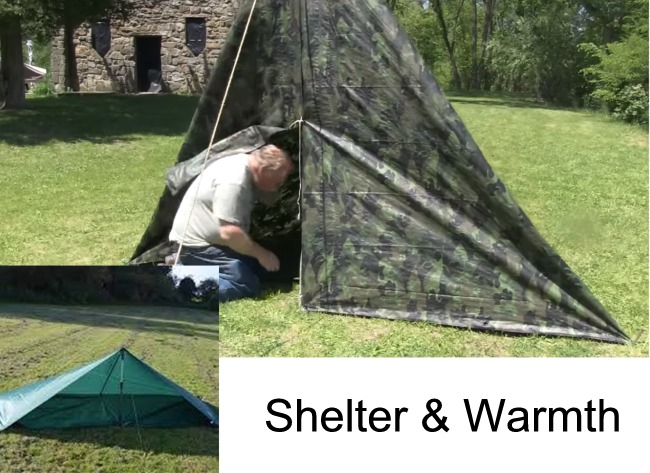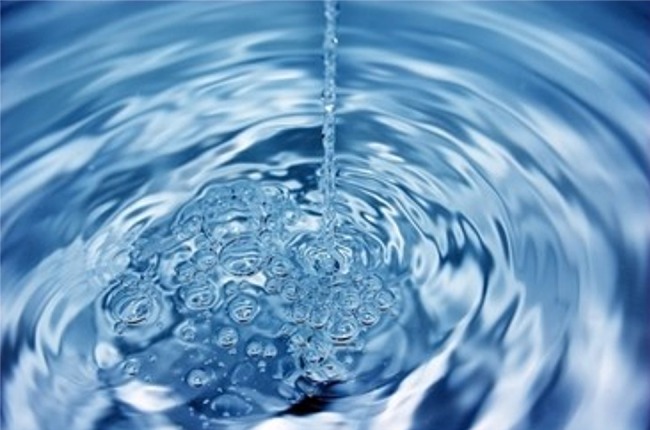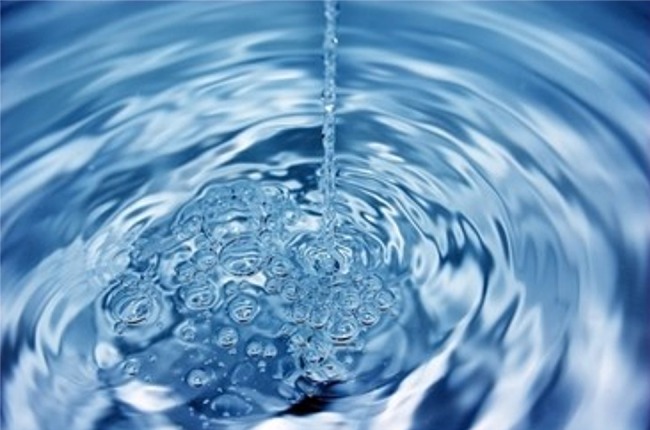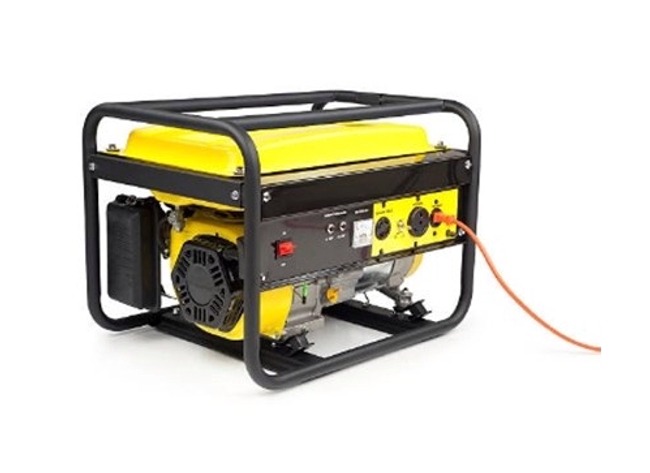Emergency Preparation - The Prepper Corner
2.4.3.2 - Prepper - Water Filtration
Home > Emergency Preparation > The Prepper CornerFiltration is the first step!
The important second step is to sanitize your water. Filtering first makes sanitizing more efficient and reduces the need to use excess sanitizer.
- How soon do you need to drink?
If you have time, you can collect rainfall, make a crude still or collect standing water in a container and let it sit for a few hours. This will allow anything that floats to rise to the surface, and you can skim off any debris before sanitation. However, if you are responsible for many people and need more water fast, you will need to filter. Also remember that standing water is a last resort – flowing water is likely of better quality. - Filtration – using what you have to filter out as many impurities as possible.
- Three 2-liter soda containers or plastic milk jugs will work.
- Take the first container and fill it with water.
- Then, take the second container and cut off the bottom.
- Turning it upside-down, stuff something like moss or cloth into the mouth or tie a piece of porous cloth to the mouth so your filtration materials don’t come out.
- Then pour sand so it is several inches deep.
- If you have some charcoal, you can crush it up and put that between the sand and the opening. You can make your own charcoal by making a campfire, covering it with dirt and ash, and allowing it to cool completely. Once it has cooled, crush it into small pieces.
- Place your completed filter over the mouth of the third empty container.
- Slowly pour the water through the filter, making sure no unfiltered water gets into the bottom container.
- Then sanitize the water using one of the methods in the next article.
- Filtration – purchase a filter
The smaller the better. The recommended filter size is 0.1-0.2 micron. This should filter out everything but viruses, and those are why you will be sanitizing. Some filters come coated with silver which is a natural antibacterial which will increase the efficiency of your water treatment system. If using one of these filters, prefiltering your water through a piece of cloth or even a coffee filter or paper towel will make your smaller filter more effective. https://gearjunkie.com/food-hydration/best-backpacking-water-filter - Brita Filters
- These can be pretty effective in an emergency, and we mention them because they are so popular. Additionally, they are self-contained and provide an easy-to-use storage container. We have seen quite a few at local thrift shops. A pitcher filter plus some extra filters is a terrific back-up system for your stored water supply.
- A Brita Long-last filter (the blue ones) can remove particles 0.5 microns or larger. No information seemed available on the particle size for the 'regular' white Brita filters, but should that be what you have available, it’s likely still fairly effective.
Although this should provide you with a basic insight on how to create a survival water filter, realize that it is still possible to get sick. Always contact a physician after you drink questionable water. The side effects of pathogens and microorganisms will take at least a week to start affecting you. If you are in a survival situation, keep hydrated, and worry about those side effects later.
References https://www.brita.ca/why-brita/health/whats-in-your-tap-water/
Last modified on: 3/1/2024
You might also like these related The Prepper Corner items:



